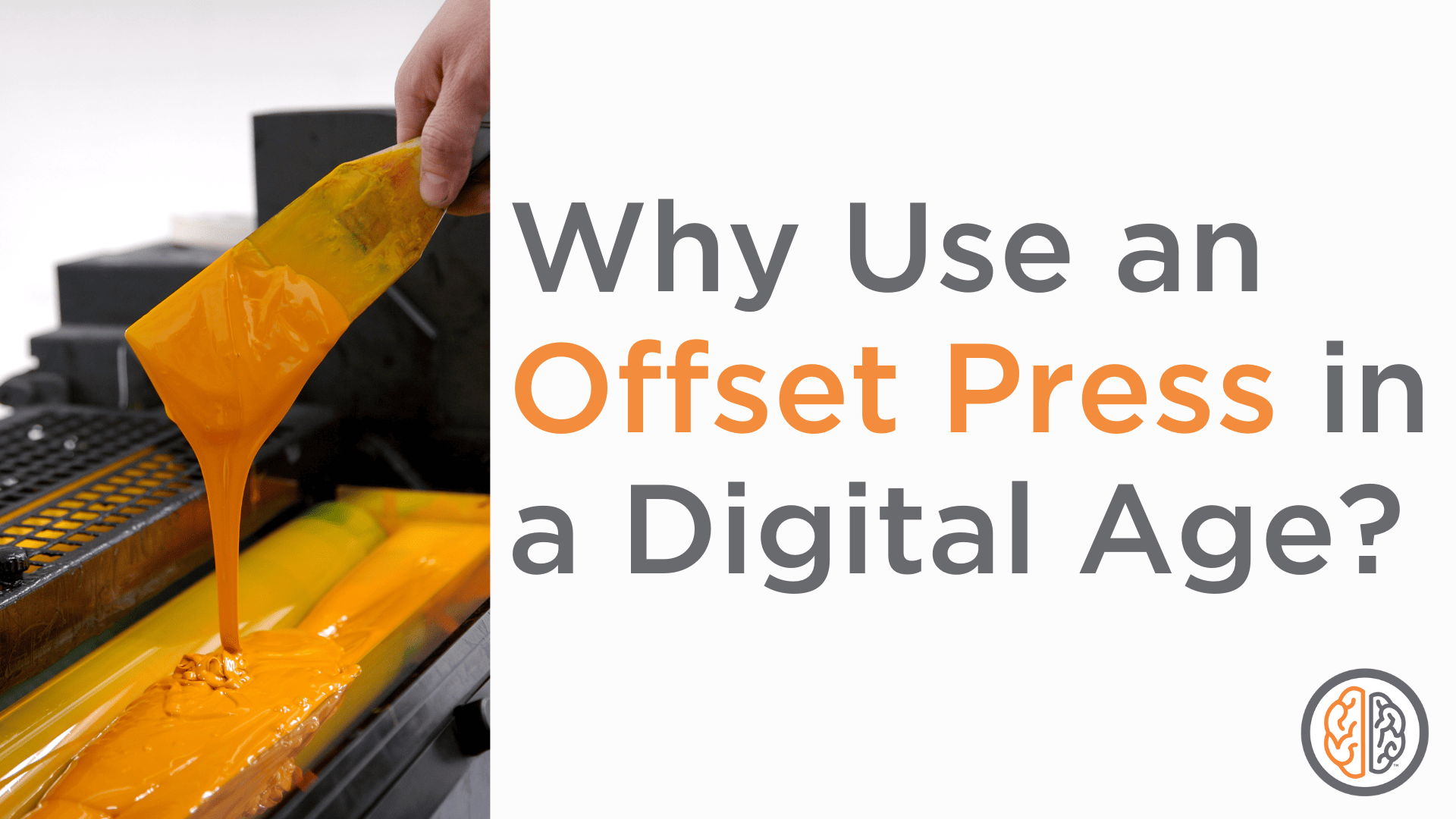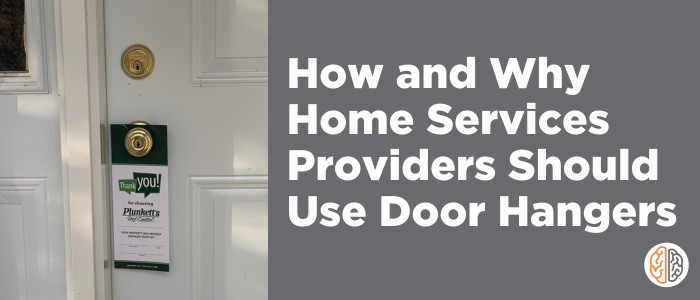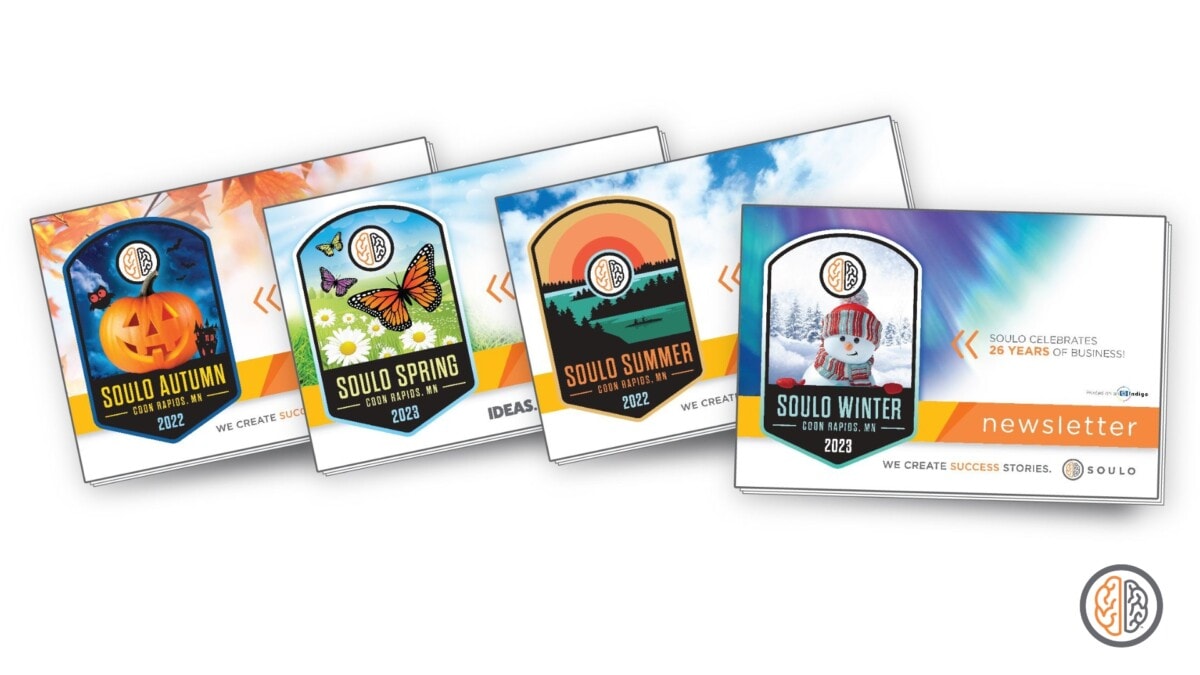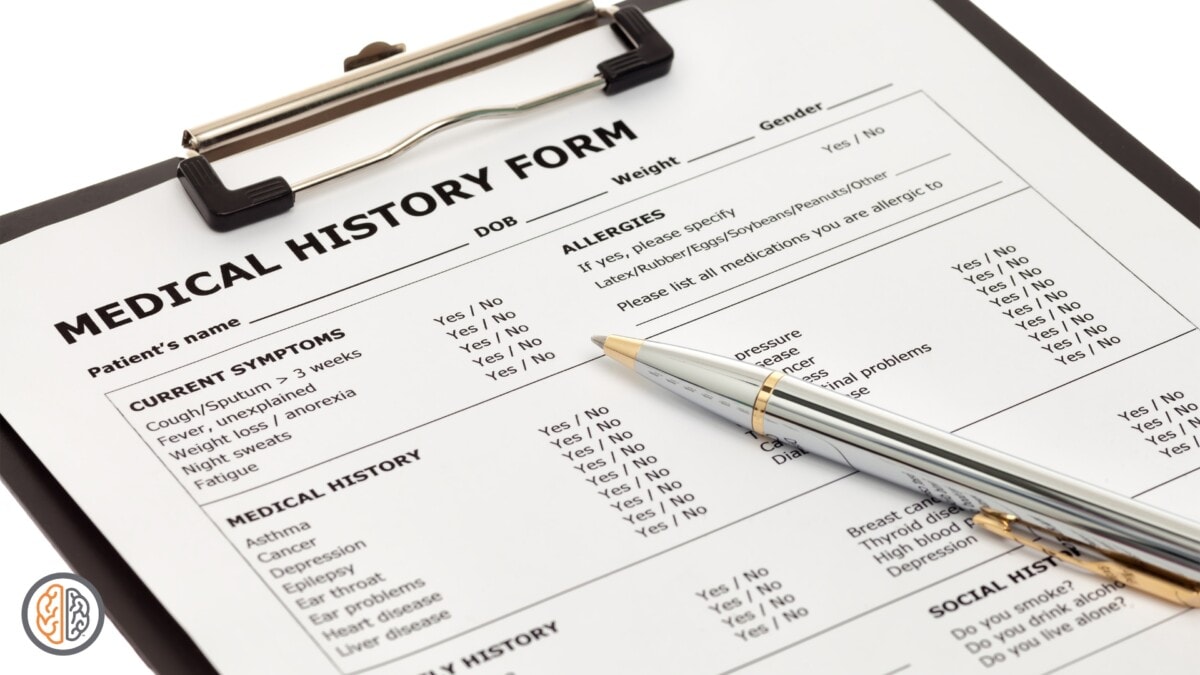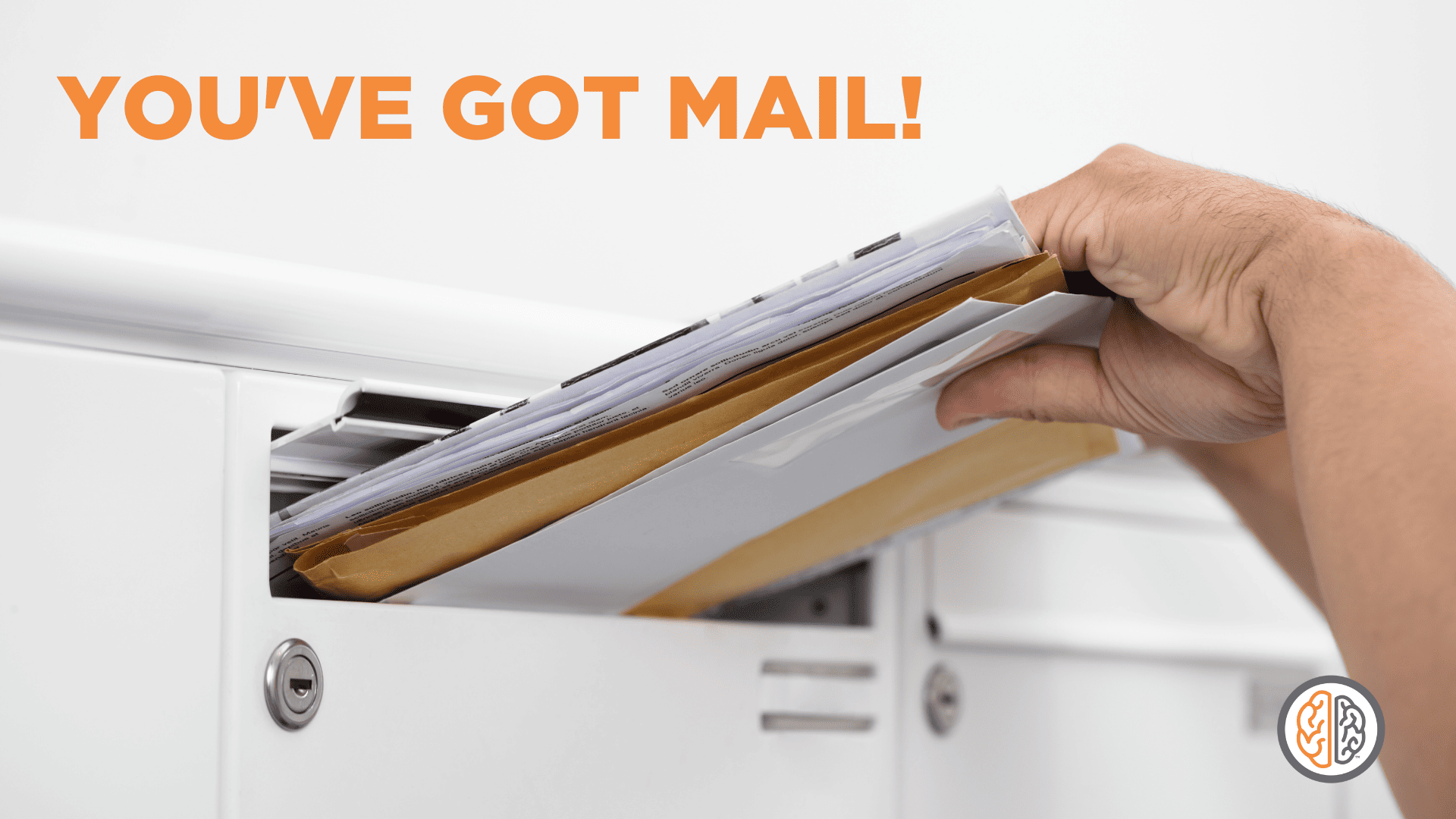With all of the technological advancements over the last one hundred years, sometimes the traditional route is still the best. While digital printing has made printing things easier to set up and offers a fast turnaround, offset printing still offers the highest quality prints and a lower per unit cost over a large run. Plus, offset offers a flexibility of materials that digital printing just can’t match. So if you are looking to have product packaging, brochures, business cards, etc. printed, the traditional way might still be the best for your needs.
What is Offset Printing?
Offset is a printing method that transfers ink from a plate to a rubber roller (or blanket) and then to any of a fairly wide range of materials. It is commonly used for high volume print runs, such as for newspapers, magazines, boxes, or anything printed in bulk. Offset yields consistent, high-quality results.
The Benefits of Offset Printing
Speed
While offset printing takes time to get started, once it’s ready, an offset press can print thousands of copies per hour. Soulo’s offset press can print up to 10,000 sheets per hour, making offset the go-to method for medium and large quantity runs.
Accuracy
Offset printing uses ink instead of the toner in digital printing. This allows the colors to be true, rich, and accurate. Soulo orders or mixes our own ink, allowing us to make sure the colors always match. This means that we can match any PMS colors your branding may use. Envelopes, return addresses, logos, and more can all be made to perfectly match.
Cost
With offset printing, there is a higher upfront cost to start a project, because the metal plates must be prepared before printing can begin. After the plate has been made, the cost per unit of a high volume run goes down considerably. Depending on what is being printed, a quantity of 500 is generally the tipping point where offset is cheaper per unit than digital printing. There are a few reasons for this:
- Ordering and mixing your own ink is cost effective. It reduces waste while increasing color accuracy.
- There is no click charge for offset. (A click charge is a charge per "click" or piece of paper that runs through a printer.)
- The accuracy and speed of offset means higher quantity runs have a lower per unit cost. Once an offset printer has been set up, it can print thousands of copies per hour.
When to Choose Offset Printing
It may be difficult to know when to choose offset versus digital printing. The first thing to consider is the quantity needed. If the quantity needed is less than 500, maybe 1000 depending on complexity of the piece, then digital printing might be the way to go. But if the needed quantity is at least 500, then the initial cost of starting offset printing will be worth the per unit cost reduction over a high volume run. Second, offset printing offers the highest print quality and accuracy. If your job needs the highest quality, then offset is the means to that end.
If your needs are large or the print medium unusual, then the more traditional route of offset printing might be the way to go. And while offset is the more traditional route over digital printing, that does not mean it hasn’t undergone its own technological innovation. Soulo uses a modern, high-tech offset press, capable of printing 10,000 pieces per hour. Combine that with our experienced printing professionals, and it makes Soulo the place to go when you have a large quantity to be printed.
